
The Maroon Bells-Snowmass Wilderness is located in the Elk Mountains of central Colorado, near the town of Aspen. It's renowned for its stunning natural beauty, including the iconic Maroon Bells, which are two distinctively maroon-colored peaks, and Snowmass Mountain, which is part of the Elk Range. This wilderness area offers opportunities for hiking, backpacking, camping, and wildlife viewing amidst its rugged terrain and alpine lakes
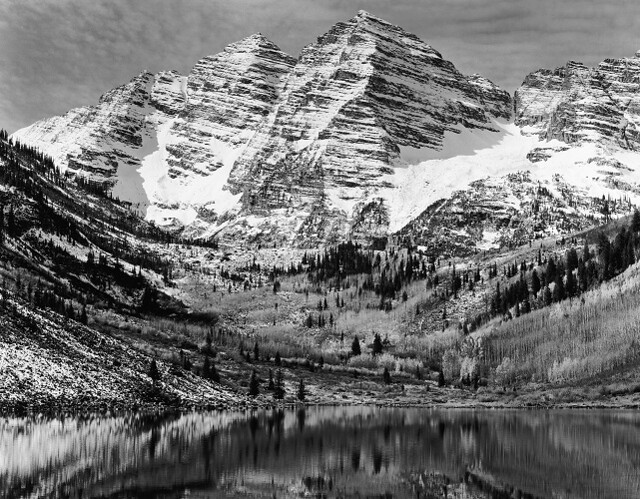
The Maroon Bells-Snowmass Wilderness was established in 1980 as part of the Colorado Wilderness Act. This legislation designated it as a protected wilderness area, preserving its natural beauty and ecological integrity for future generations.


The Maroon Bells-Snowmass Wilderness was not "invented" by any individual; rather, it was designated and protected by legislation. The creation of the wilderness area was the result of efforts by various conservation groups, activists, and lawmakers who advocated for its protection. The Colorado Wilderness Act of 1980, signed into law by President Jimmy Carter, formally established the Maroon Bells-Snowmass Wilderness along with several other wilderness areas in Colorado.


The Maroon Bells-Snowmass Wilderness is named after two prominent features within its boundaries: the Maroon Bells and Snowmass Mountain.
1. Maroon Bells: The Maroon Bells are two distinctively maroon-colored peaks, Maroon Peak and North Maroon Peak, which are part of the Elk Mountains. These peaks are among the most photographed mountains in Colorado due to their striking beauty and dramatic appearance. The "Maroon" in the name refers to the reddish color of the rock, which takes on a particularly vibrant hue at sunrise and sunset.
2. Snowmass Mountain: Snowmass Mountain is another notable peak within the wilderness area. It is the highest peak in the Elk Range, standing at an elevation of over 14,000 feet (4,267 meters). The "Snowmass" in the name refers to the presence of snowfields and glaciers on the mountain's slopes.
Combining these two prominent features, the wilderness area is named the Maroon Bells-Snowmass Wilderness to reflect the presence of both the Maroon Bells and Snowmass Mountain within its boundaries.


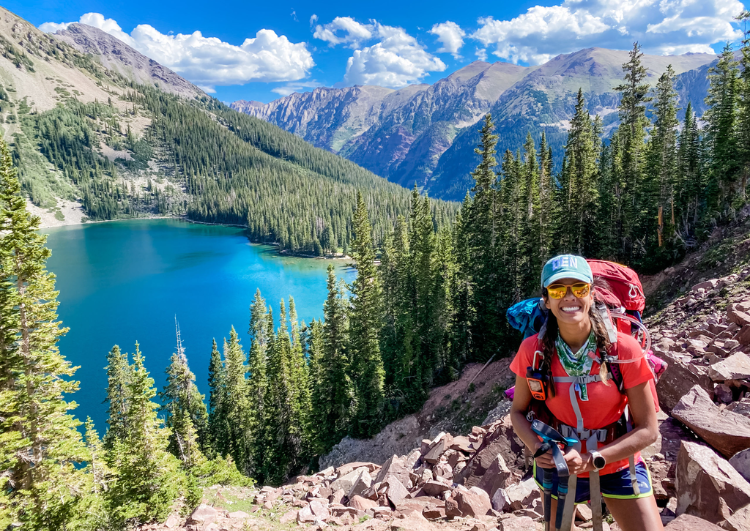
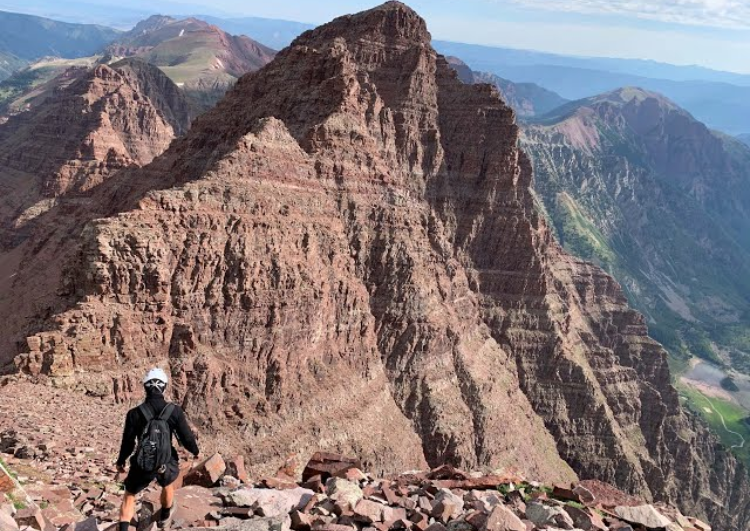
The Maroon Bells-Snowmass Wilderness is highly regarded among hiking enthusiasts for several reasons:
1. **Scenic Beauty**: The wilderness area is renowned for its breathtaking natural beauty, with stunning vistas, rugged peaks, alpine lakes, and lush forests. Hikers are treated to magnificent views of the Maroon Bells, Snowmass Mountain, and other picturesque landscapes throughout the area.
2. **Variety of Trails**: There are numerous hiking trails of varying lengths and difficulty levels in the Maroon Bells-Snowmass Wilderness, catering to hikers of all abilities. Whether you're looking for a leisurely day hike or a challenging multi-day backpacking adventure, you'll find trails to suit your preferences.
3. **Wilderness Experience**: As a designated wilderness area, Maroon Bells-Snowmass offers a pristine and unspoiled environment for hikers to explore. Away from the hustle and bustle of civilization, visitors can immerse themselves in nature and enjoy a true wilderness experience.
4. **Abundance of Wildlife**: The wilderness area is home to a diverse array of wildlife, including elk, deer, black bears, mountain lions, and various bird species. Hikers may encounter wildlife while exploring the trails, adding to the excitement and sense of adventure.
5. **Outdoor Recreation Opportunities**: In addition to hiking, the Maroon Bells-Snowmass Wilderness offers opportunities for other outdoor activities such as backpacking, camping, fishing, photography, and wildlife viewing. Visitors can enjoy a wide range of outdoor adventures amidst the pristine wilderness setting.
Overall, the combination of stunning scenery, diverse trails, wilderness ambiance, and outdoor recreation opportunities makes the Maroon Bells-Snowmass Wilderness a paradise for hiking lovers seeking adventure and exploration in the great outdoors.
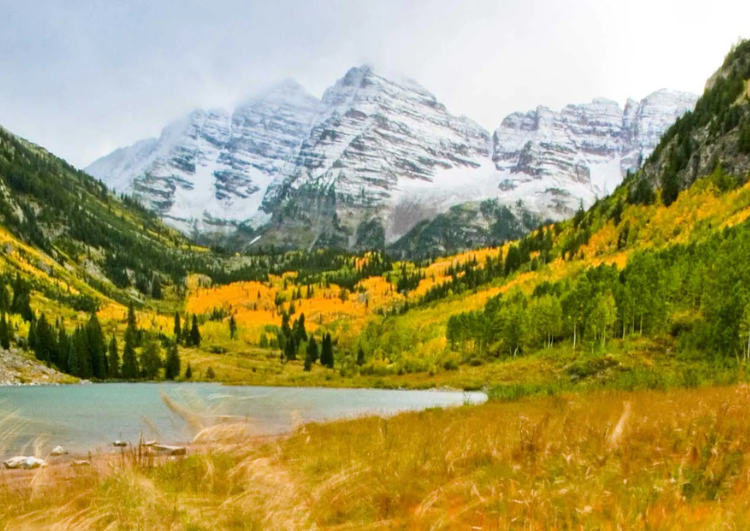

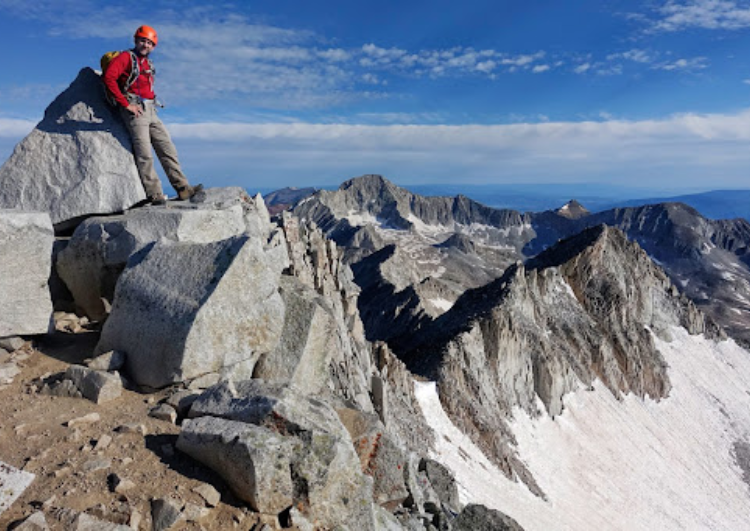


While the Maroon Bells-Snowmass Wilderness offers incredible hiking opportunities throughout the year, the best time for hiking depends on personal preferences and the specific conditions you're seeking. Here's a breakdown of hiking considerations for different seasons:
1. **Summer (June to August)**:
- Summer is the most popular time for hiking in the Maroon Bells-Snowmass Wilderness due to warmer temperatures and clearer weather.
- Trails are typically snow-free, allowing for easier access to higher elevations.
- Wildflowers are in bloom during this time, adding vibrant colors to the landscape.
- Crowds can be heavier, especially on popular trails, so early mornings or weekdays may offer a quieter experience.
2. **Fall (September to October)**:
- Fall is another excellent time for hiking, particularly for those who enjoy cooler temperatures and autumn foliage.
- The aspen trees in the area turn golden yellow, creating a spectacular display of fall colors.
- Trails are still accessible, although there may be some early snowfall at higher elevations toward the end of the season.
3. **Spring (April to May)**:
- Spring can be a transitional period in the Maroon Bells-Snowmass Wilderness, with lingering snowpack at higher elevations.
- Lower-elevation trails may become accessible earlier in the season, offering opportunities for early spring hiking.
- However, higher-elevation trails may still be snow-covered and muddy, requiring proper gear and caution.
4. **Winter (November to March)**:
- Winter hiking in the Maroon Bells-Snowmass Wilderness is possible, but it requires careful planning and preparation.
- Trails at lower elevations may be accessible for snowshoeing or winter hiking, while higher-elevation trails may be impassable due to deep snow.
- Avalanches and extreme weather conditions are potential hazards, so it's essential to check weather forecasts and avalanche conditions before heading out.
Overall, while the Maroon Bells-Snowmass Wilderness offers hiking opportunities year-round, the best time for hiking varies depending on your preferences, experience level, and desired trail conditions. Always check trail conditions and weather forecasts before embarking on a hike, and be prepared for changing conditions, especially at higher elevations.